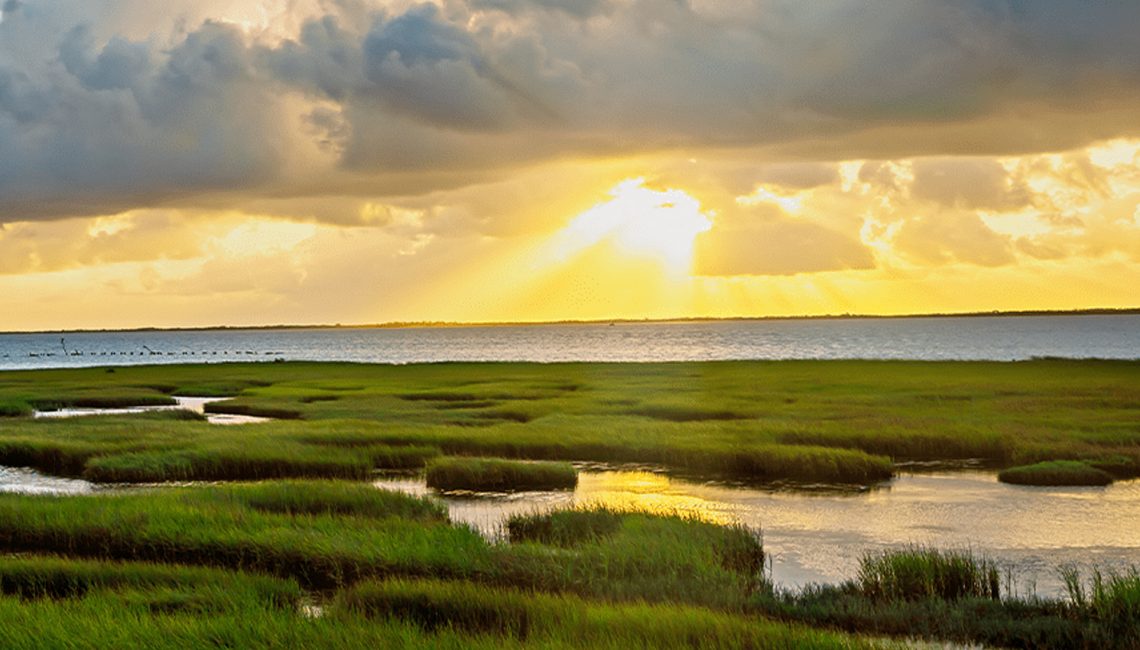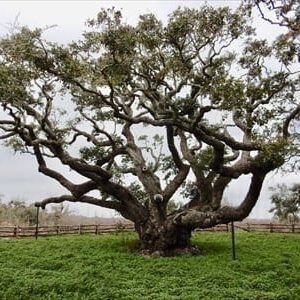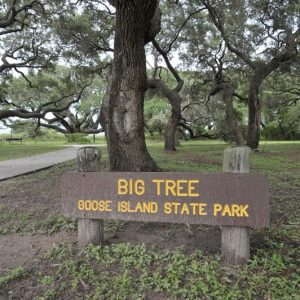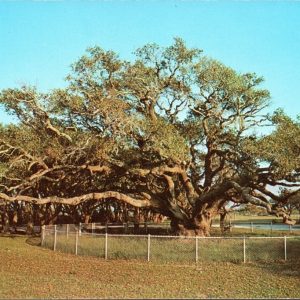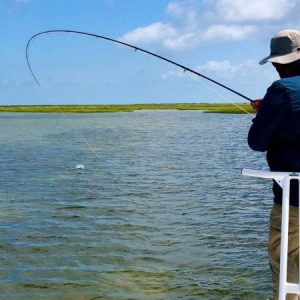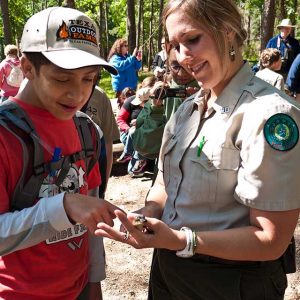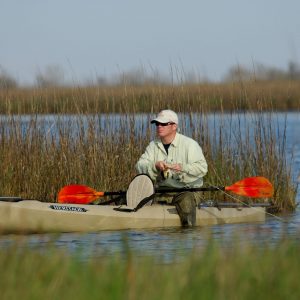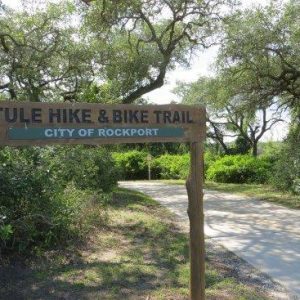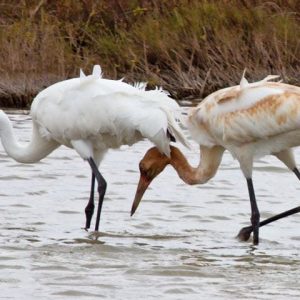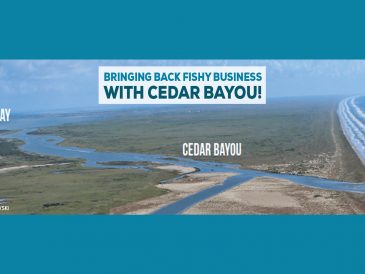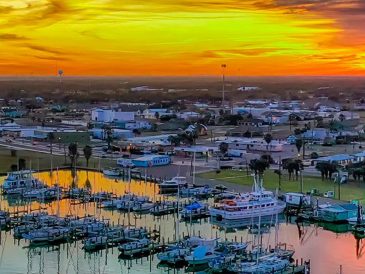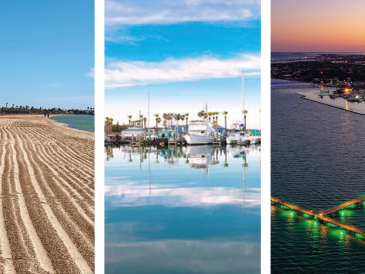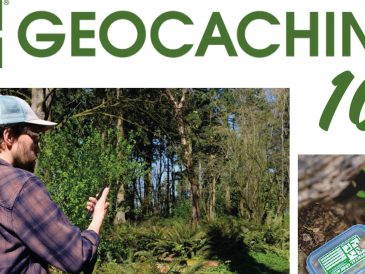The Texas Gulf Coast is a lot more than just beautiful beaches and world-class fishing. St. Charles and Aransas Bays sit on the southern tip of Lamar Peninsula among the coastal estuaries of Rockport. The Bays encompass awe inspiring wetlands, mudflats, red bay woods, marsh grass, a 1000-year-old live oak with a 35 foot trunk circumference, camp sites, birding trails, and protected habitats.
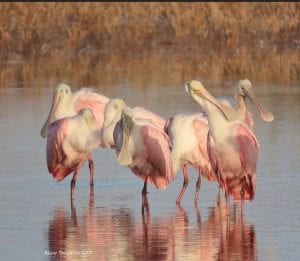 Texas Parks and Wildlife manages Goose Island State Park, and we spoke with Edwin Quintero, the Park Superintendent, about education, observation, conservation, volunteer, and photography opportunities for nature lovers everywhere. Edwin sees his job as an opportunity to utilize education, conservation, and stewardship. By helping the public to enjoy and make connections to nature, they can understand conservation and land/resource management to protect our natural resources going forward.
Texas Parks and Wildlife manages Goose Island State Park, and we spoke with Edwin Quintero, the Park Superintendent, about education, observation, conservation, volunteer, and photography opportunities for nature lovers everywhere. Edwin sees his job as an opportunity to utilize education, conservation, and stewardship. By helping the public to enjoy and make connections to nature, they can understand conservation and land/resource management to protect our natural resources going forward.
Understanding and appreciating how the natural beauty of the area can be explored and enjoyed is just one aspect of Edwin’s job, and he loves it. From greeting park visitors, to helping anglers get their first keeper catch, from watching a perfect sunset, to hearing the songbird calls, and from teaching school kids about the Big Tree, to helping a stranded visitor gain access to their RV, Edwin Quintero is the face of Goose Island State Park and is happy to engage with locals and visitors. Drop in and say “hi” to Edwin @ 202 South Palmetto Street and enjoy some GISP ‘coastal hospitality’.
You can go geocaching, boating, hiking or even borrow rods, reels and tackle boxes from the Tackle Box Lending Program. And you don’t need a license for shore fishing in Texas State Parks. There is a Park Store for gift items and you can even rent the Recreation Hall for events. The Aransas National Wildlife Refuge sits across the bay and houses the endangered whooping crane in winter. What more could you ask for? Enjoying nature and wildlife is easy around Rockport, and there is something for everybody regardless of age or inclination. Study, swim, see, spend time, ski, cycle, save, share, or just sunbathe in the natural beauty of the Gulf Coast and its shores.
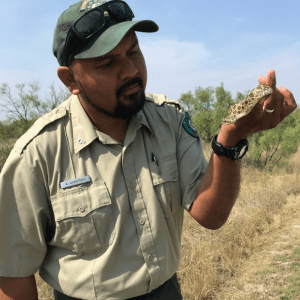 ABOUT EDWIN
ABOUT EDWIN
Edwin Quintero is a Rio Grande native and a UT-RGV alumni with a background in herpetology and parasitology, who has worked for TPWD for seven years. His responsibilities include overseeing all the operational facets of Goose Island State Park, in addition to personnel, the volunteer program, park budget, visitor services, park projects, interpretive programming, and the overall stewardship of the park – this includes the historic CCC wildlife habitat corridor which leads from the park to the iconic centuries old Live Oak- “Big Tree”. He also serves as the liaison between the park, its stakeholders, and the community while being an active member of the TPWD Wildland Firefighter team.
CHECK OUT GOOSE ISLAND STATE PARK
Goose Island State Park offers 44 camp sites on the bay, 57 nestled under oak trees, and 25 walk-in tent sites. There is also a 1,620 foot pier for fishing, a boat launch, separate kayak and canoe launch, a fish cleaning station, and hike and bike trails. The mainland offers live oak, red bay woods with yaupon holly, American beauty berry, coral bean, and wax myrtle among trees species alone. There is also tallgrass prairie, bushy bluestem, and salt grass. The abundance of wildlife can include white-tailed deer, raccoons, armadillos, foxes, squirrels, cottontail rabbits, over 300 species of birds including the endangered whooping crane, plus the infamous blue crabs, and the occasional alligator. Goose Island State Park is an oyster shell island, ridge and marshland, home to sea ox-eye daisy, wolfberry, sea purslane, baccharis, and seashore dropseed grass. Along with smooth cord grass, marsh hay, seagrass beds, oyster reefs, plus the infamous Big Tree.
BIRDING
We asked Edwin to explain the significance of the Great Texas Birding Trail, and this is what he told us: “The Great Texas Coastal Birding Trail is the region that runs alongside the coastal saltwater fishing area. However, to really understand how the Great Texas Coastal Birding trail was designed, we must first understand bird migration routes. When it comes to bird migrations routes, the country is defined by 4 flyway zones – the Pacific, Central, Mississippi, and the Atlantic. Migratory birds make their yearly journey down from Canada, Alaska, and the Northern States to their wintering grounds in South Central America. Texas just so happens to be a birding hot spot because it’s situated along the Central flyway zone and therefore hosts more bird species than any other state in the U.S. The state of Texas has designed a system of birding ‘trails’ according to the different geographic areas present in the state. These trails are defined by what we call loops, these include bird sanctuaries, and nature preserves. The Great Texas Coastal Birding Trail is a geographic area along the coast composed of different State Parks, USFW nature preserves as well as city and private bird sanctuaries designated as excellent bird viewing areas. Thus, Goose Island sits on the Central Texas Coast–Great Texas Coastal Birding Trail.”
TAKING CARE OF THE BIG TREE
Did you know that Big Tree maintenance includes an arborist who cuts away dead wood to prevent the tree collapsing from its own weight? There is also a lightning rod on top to disperse strikes, limb supports and stabilizers. To keep the tree happy they apply fertilizers and micronutrients.
HOW TO ENJOY
Opportunities to experience the beauty and wonder of it all abound here. You can volunteer at the TPWD office to be a Park Host helping with administration, customer service, maintenance, and interpretive programs for a set amount of hours per week. Or there are regular volunteer opportunities for people who work full-time or they have unpaid summer internship programs for college-aged students. For the public, they offer:
• Kayak with a Ranger
• Archery 102
• BirdWalks
• Geocaching
• Fishing with a Ranger
• Critters of the Night, night hikes
• Astronomy programs
• Interpretive nature Walks
• ATLATL 101–A History of the Native People
They also offer Ranger and Junior Ranger programs and a chance to learn about the historic Civilian Conservation Corps, who did the clearing, and planting of the island, constructed the oyster-rete recreation Hall, and built roads, bridges, and drainage systems. The park has interactive learning tools like the Wondrous Wetlands just for kids and the Great Texas Wildlife Trail: the Aransas Loop. In the Junior Ranger Program, you get an Explorer Pack and a free Activity Journal.
